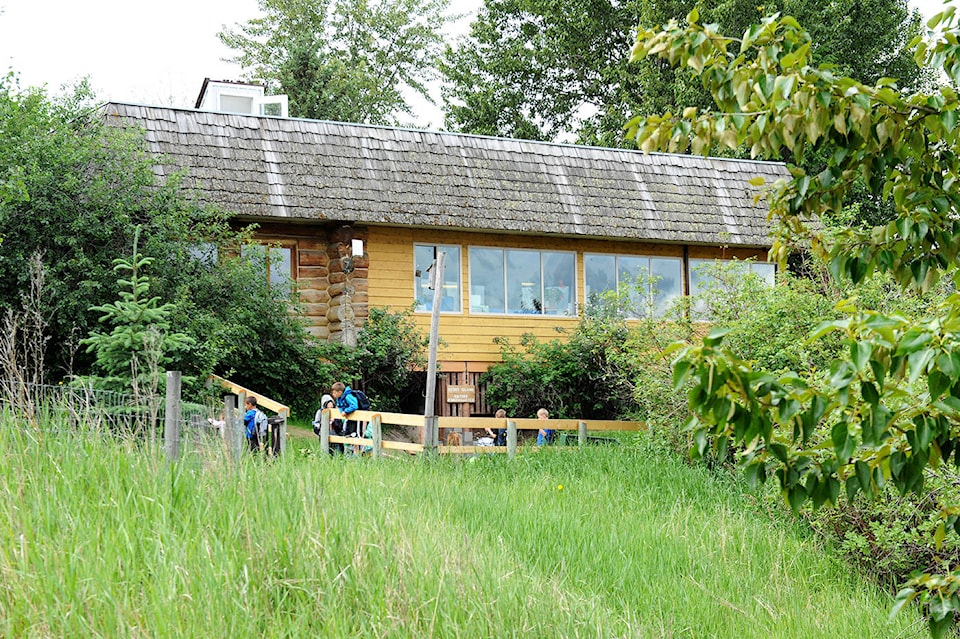The public is invited to the Scout Island Nature Centre this evening to hear presentations by Lake City Secondary School students who are finishing the first year of the district’s Self Directed Inquiry in Environmental Studies program.
Five students in grades 11 and 12 will be giving presentations of about 20 minutes each on their research. The presentations will take place in the nature house starting at 6:30 p.m. this evening Wednesday, June 14.
The course was designed in 2010 by science teacher Nara Riplinger, said Sue Hemphill, the nature centre’s environmental educator.
The objective of the program is to offer students with specific interests to develop, with guidance, the skills to pursue topics in depth and independently.
Until this year, Hemphill said there wasn’t a teacher who could be responsible for the course.
Paid jointly by the nature centre and School District 27, she said teacher Frances McCoubrey, the outdoor education resource teacher, has the flexibility in her part-time position to work individually with students.
McCoubrey outlines course requirements, works with students to help them choose how to meet those requirements and decide on a final project, Hemphill said.
She also acts as a liaison between mentors and students, and assigns marks. The students have the entire year to complete the course.
As a pilot program there are five students taking part in the program this year.
Normally she said a program needs 15 students run, but with support from the nature centre they were able to offer the course with just five students.
“This is especially exciting because it would be difficult to run this course with 15 students as managing all their projects and finding mentors would prove to be exceptionally challenging,” Hemphill said.
She said the nature centre recruited a variety of experts to act as mentors for the students on their chosen topics.
The mentors this year are paid nature centre staff Paula Laita and Roy Argue, volunteers Roger Hamilton and David Rusch, and LCSS vice-principal, Curt Levens, who helped with administration and promoting the course.
“The goal is to assess how students do with this model, modify as needed and encourage more students to take part next year,” Hemphill said.
Hemphill explained that the design and implementation of the course was initiated as a result of conversations with the staff and faculty of the University of Northern BC Quesnel River Research Centre during the first years that students in grades 10 to 12 made trips to visit the facility in Likely.
“The QRRC has been a strong supporter of the trip for the past 10 years and felt a natural extension of the trip would be some sort of course that would allow students to develop an understanding of natural resources, learn how ecosystems function, and gain insights into their wise stewardship.”
Subsequently she said the School District 27 board accepted the program as a locally developed course with four credits awarded for participating students.
“Hands on activities under the guidance of an expert would provide helpful connections to research and how knowledge is gained, and show the foundation on which professional practice is built.”
Especially important, Hemphill said is the emphasis on the inter-connectedness of the environment, both in terms of links between biology, ecology, aquatic sciences, atmospheric and physical sciences on one hand, and the interactions between the environment and social and economic issues at local, regional, and global scales on the other.
